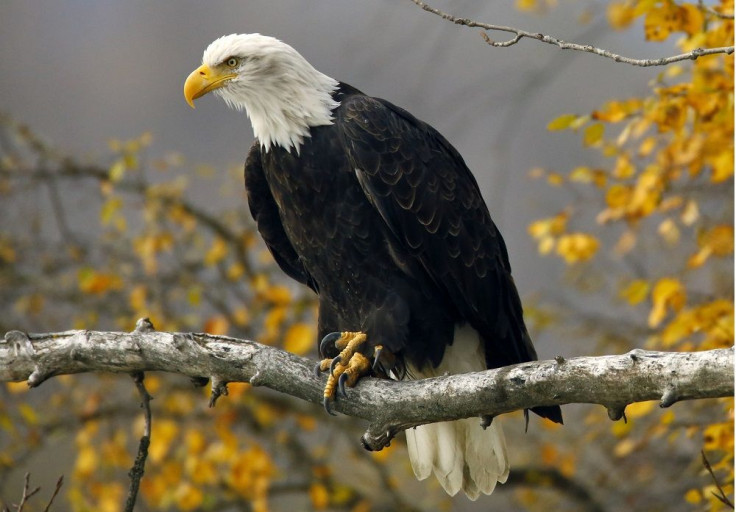American Bald Eagle Out Of Extinction List

The Bald Eagle Protection Act of 1940 and more recent efforts to protect the bird that symbolises the United States has brought the number of bald eagles in the US to 69,000.
That’s a big jump from only 487 nesting pairs in 1963. The bald eagle was actually removed from the endangered species in the 1990s. Americans now spot the bird flying overhead, while conservationists are noting the building of more new nesting grounds, reports Daily Science Journal.
When the bald eagle was adopted as the US symbol in 1792, there were around 100,000 nesting eagles in the country, but by mid-1800s, the first major decline in its numbers was noticed.
To worsen the decline, the pesticide DDT was introduced in the late 1940s. Although DDT was banned in the US by 1972, the move was considered too late.
While it took four decades to boost the population of the bald eagle, conservationists note that the enemy now of the bird is from within as they report that injured bald eagles were mostly harmed by fellow birds.
Commenting on the successful conservation achievement, Patti Barber, a Pennsylvania-based game commission biologist, said in a statement, “It’s hard to step away from the fact that they are out nation’s symbol and knowing that they’ve come back from the brink. I think a lot of people have a lot of pride that we managed to do that.”
To contact the writer, email: v.hernandez@ibtimes.com.au






